The visual effects process has changed in countless ways since its inception, from the early days of using glass mattes through to the rise of computer-generated workflows. What’s remained unchanged is the human element of production: keeping people focused, informed, and stress-free, whatever they’re working on.
How do you achieve this goal while also managing the unique challenges inherent to modern VFX production? With credits on Spider-Man: Homecoming and Captain Marvel, Christine Neumann, Head of Production at TRIXTER, is well aware of the issues—and knows how to overcome them.

Christine Neumann – Head of Production at TRIXTER
1. Build a great team with transparent onboarding practices
Great onboarding is critical for the smooth running of any VFX production. Look at any successful project, and you’ll discover they were dependent on having the right team in place. At TRIXTER, we have great HR and recruitment to build outstanding teams who get the job done.
What’s important to remember, however, is that onboarding doesn’t end at the offer stage. Once recruits start at a position, it’s important to provide individualised information packages so they can hit the ground running. These packages can present new team members with all the contacts for their team and clarify who the supervisor is. They can also answer FAQs about HR processes or the way your studio likes to approach certain shots.
You’d be surprised how much time you can waste when this information is unclear or unavailable to newcomers.

Some of TRIXTER’s—and Christine’s—recent projects
2. Consider a high-communication bidding process
Communication throughout post is crucial. In my view, however, excellent communication needs to start from as early on as the bidding process.
During the bidding stage, it’s good practice to clarify every detail on what might work for each shot, how you should approach these ideas, and how long each should take. Remember that it’s nearly always more valuable to call someone and ask all your questions during one detailed chat. Doing so saves hours of going back and forth over email and usually informs the right bid. (And getting the right bid means less stress down the line.)

3. Run kick-off meetings (and be transparent)
Running a team kick-off meeting is a great way to build engagement around an upcoming project; especially between new and existing staff.
As we’re currently working from home at TRIXTER, we’ll have massive Zoom calls with every team member involved on a project, before we even assign shots. These calls are a great way to introduce the broader concepts driving a project; they also get everyone on the same page about what we intend to deliver. Even if an artist only works on one shot, they will better understand the shot’s overall context and produce better and more consistent work.
Big kick-off meetings also establish a precedent for team transparency. At TRIXTER, everyone can speak and offer their opinion throughout these meetings, no matter their job title.

4. Create routine through documentation
Ensure a smooth VFX workflow by establishing a project-specific routine early on—then create documentation to support it. Project documentation anchors your routine around a purpose and helps avoid holding meetings that could have been an email.
For instance, if a producer sets up a daily morning meeting, they should first put together a Google Sheet detailing to-dos. These should clearly outline the five Ws, like exactly when artists need to publish work, what the goals are, and why today’s shots are important. Having everything recorded keeps people on track and aware of what they need to do next.
You should also regularly communicate information like the due date and milestones to your artists. We use ftrack Studio for this. ftrack Studio provides global project visibility, including what other departments are doing, how far along they are, and what the first renders look like.

5. Foster authentic management
Tuning in to your team is an essential step toward an effective production pipeline. Navigating management can be tricky, but my advice is to follow a simple and obvious rule: treat your team as human beings. Frequently check in with one-on-ones to see how individual artists are doing. Ensure everyone is happy with their workload, and if they are not, address the issue as quickly as possible. Take the time to communicate with any introverted artists as well as those who like to speak out in team meetings: quieter members have excellent ideas, too, even if they don’t immediately offer them.
Ensure everyone is heard and that your whole team feels their issues are sympathised with, engaged with, and actively addressed. A happy team means a much less stressful production.

6. Run post-mortems to inform future productions
Post-mortems are as important as a kick-off. Once you finish a project, it can be easy to quickly leave it in the rear-view mirror and move on to the next one. But you should take time to stop, breathe, and look back. At TRIXTER, we perform regular retrospectives where department leads come together to discuss what we’ve learned from every project.
We use plenty of statistics to inform these discussions (some taken from ftrack Studio). For example, we consider our bid vs the actual and compare the budget we had estimated for a shot or asset versus how much it actually cost. Performing this analysis helps to inform whether we need to invest in further developing a particular aspect of our pipeline, or whether we can afford to offer a service at a more competitive rate for the next project.
Of course, you should take all data with a grain of salt, but the benefit of holding these meetings is that the whole leadership team gets to provide feedback on the numbers and we can use our experience to make future productions more efficient. The better you understand your team, your studio, and your capability, the better and more stress-busting decisions you’ll make later down the line.

Reduce stress with ftrack Studio
Try ftrack Studio today with a free trial and see how it can support your next project.

More from the blog
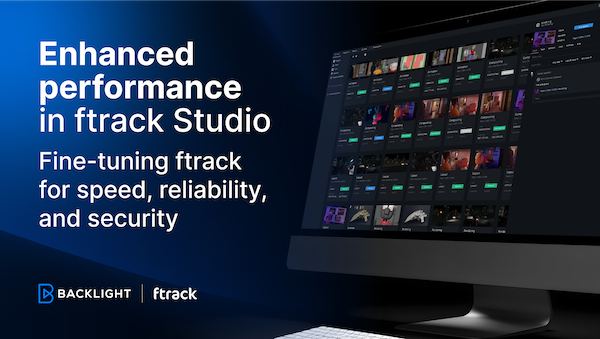
Enhanced performance in ftrack Studio: Fine-tuning for speed, reliability, and security
Chris McMahon | API, Developer, New features, Product, Productivity, Studio | No Comments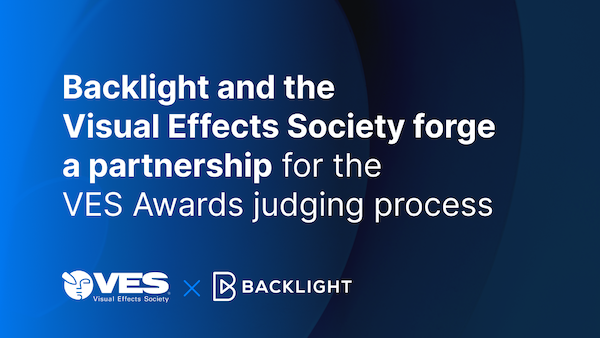
Backlight and the Visual Effects Society forge a partnership for the VES Awards judging process
Kelly Messori | Case Study | No Comments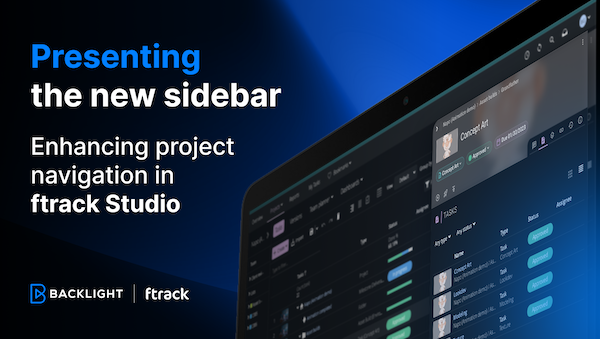
Presenting the new sidebar: Enhancing project navigation in ftrack Studio
Chris McMahon | New features, Product, Release, Studio | No Comments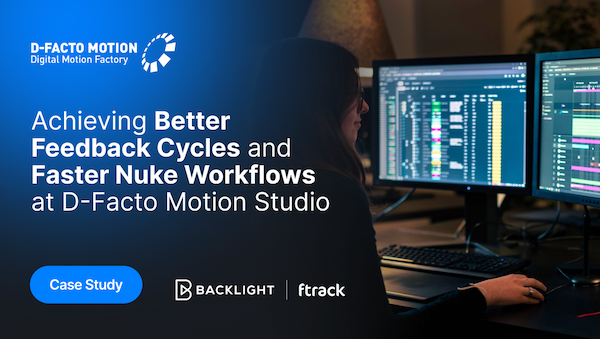
Achieving Better Feedback Cycles and Faster Nuke Workflows at D-Facto Motion Studio
Kelly Messori | Case Study, Studio | No Comments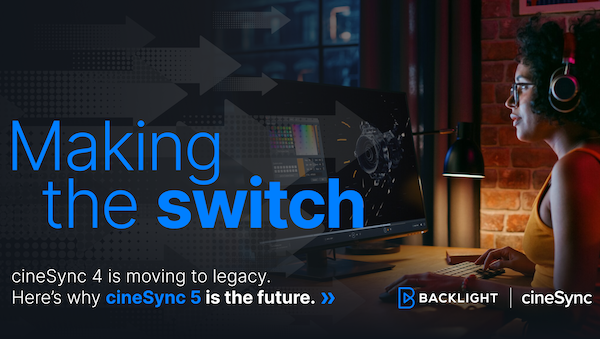
Making the switch: The transition to cineSync 5
Mahey | Announcements, cineSync, News, Product | No Comments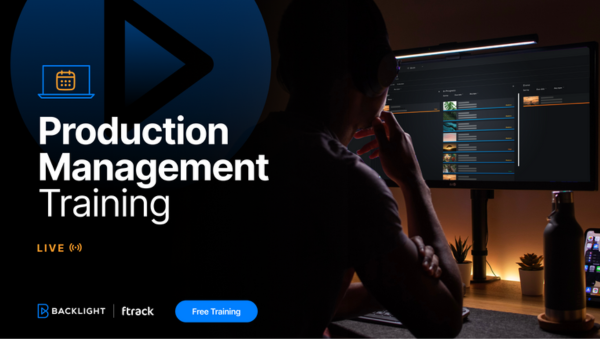
Supporting Your Studio: Free ftrack Studio Training and Office Hours from Backlight
Kelly Messori | News | No Comments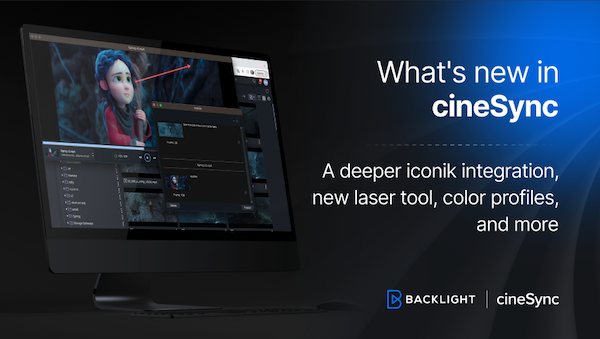
What’s new in cineSync – a deeper iconik integration, laser tool, OTIOZ support, and more
Chris McMahon | cineSync, New features, Product, Release | No Comments